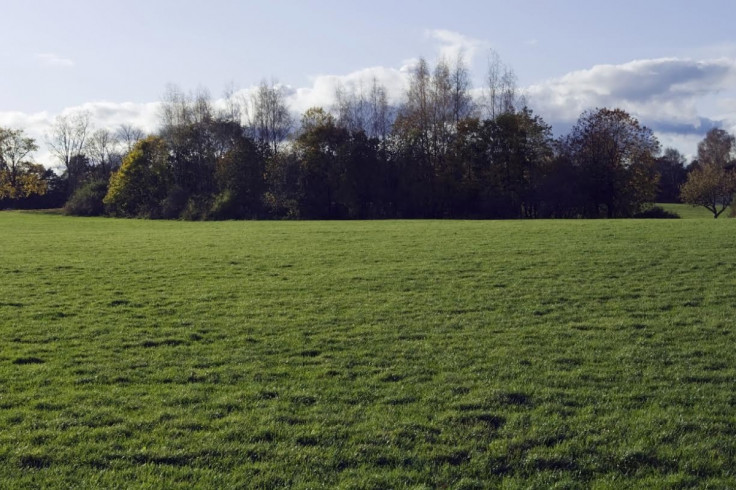Greenbelts have become one of the major causes of the UK's housing crisis

Imagine we had no land use planning system at all. Landowners and developers could do as they please. Anyone could build whatever they want, wherever they want, on their own land. Suppose that this system produced rampant haphazard development, with developers showing no respect for the local character of an area, for scenic beauty, for wildlife or biodiversity. Housing might be cheap and plentiful, but the housing bounty would come at the expense of other things we value.
There is a widespread perception that this was more or less the situation before the 1947 Town and Country Planning Act (which nationalised development rights) and the acts that followed in its wake. This is perception is not accurate. Land use planning is not a creation of the state; it can and did emerge within markets, through private mechanisms like restrictive covenants. But that's a topic for another day: for the sake of the argument, let's accept the false narrative.
Suppose in a situation like that, you are tasked with devising a system that protects the countryside, but without unduly stifling housing development. How would you strike that balance?
Chances are that you would replicate some of the things that have actually happened since 1947, or something quite similar. You would probably approve of the creation of National Parks, of Areas of Outstanding Natural Beauty (AONB), and of various other designations that selectively protect particular landscapes on the basis that they are, in some way, valuable to people, or wildlife, or both. In those designated areas, residential and commercial development would be banned, or at least severely restricted.
But you would definitely not come up with anything remotely resembling the greenbelts around London, Oxford, Cambridge, Bristol, Bath, York and other major cities in the UK. I am convinced that if greenbelts did not exist, nobody would suggest that we should introduce them today. Greenbelts are an example of what Milton Friedman referred to as the 'tyranny of the status quo'.
If your aim is to protect scenic beauty, wildlife and biodiversity, why on earth would you come up with a land designation that bears absolutely no relation to any of those characteristics? The London greenbelt, for example, does not protect land on the basis that it is beautiful, or rich in wildlife, or that it produces environmental benefits such as cleaner air.
It protects land on the basis that it is close (very, very broadly defined) to London. Its sole purpose is to stop London from growing outwards. That's what it does. That's all it does. It was never meant to do anything else.
Greenbelts are so vast and expansive that they must necessarily encompass many different types of land, with immense variation in the quality (however defined) of that land. It must logically range from spectacularly beautiful, postcard-perfect landscapes to ugly scrubland and muddy fields; from land that hosts a stunning variety of wildlife to monoculture farmland drenched in pesticides. If you draw a circle anywhere on a map at random, that circle will contain any of these landscapes, and anything in between, if only you make it large enough.
You cannot take such a huge chunk of prime-location land off the market, declare it off-limits to development of any kind, and assume that there will be no impact on land prices and house prices
Greenbelts are simply far too large to be targeted or selective. They cover about 13% of England's surface area, while only 10% of England is – in the broadest sense, –developed. This means that a greenbelt can easily be as large, or larger, than the town or city within it. 'Belt' is therefore, arguably, the wrong word, because a belt is usually not larger than the person it envelops.
The London greenbelt, in particular, is five times as large as the built-up area of London, including London's parks, gardens, roads, railways etc. It is not really a belt at all, and more like an oversized doughnut. You cannot take such a huge chunk of prime location land off the market, declare it off-limits to development of any kind, and assume that there will be no impact on land prices and house prices. More than one third of the price of a house in England can be attributed to planning restrictions, of which greenbelts are a key component. Thus, the greenbelt has become one of the major causes of the UK's housing crisis. They were relatively harmless in the beginning, but developed a greater 'bite' over time.
Greenbelts are not a uniquely British phenomenon: some North American cities have them as well, except they do not call them greenbelts. They call them 'urban growth boundaries' or 'urban containment boundaries', a far more honest name, which much more accurately describes their purpose and effect. Maybe we should give our greenbelts a similar name, if only to desacralise them. "Save our Greenbelt!" makes a great slogan. "Save our Urban Containment Boundary!" just doesn't quite have the same ring to it.
© Copyright IBTimes 2025. All rights reserved.






















